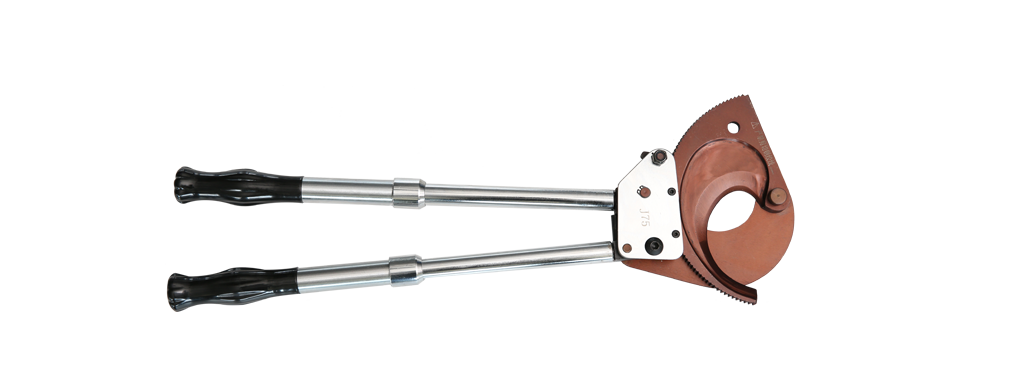 2020.05.28
2020.05.28
 Industry News
Industry News
1. Choose a suitable storage place
The place where metal materials are stored should be clean and dry, regardless of the inside and outside of the warehouse, away from the factory workshops that produce harmful gases and dusts, and should not be mixed with acids, alkalis, salts and gases, powders and other substances. Store in batches; when different types of metal equipment are stored in the same place, there must be a clear separation distance to prevent contact corrosion. Generally hot-rolled steel, etc. can be stored in the shed or tarpaulin; all iron alloys, small steel, thin plates, steel belts, precision equipment, metal products and non-ferrous metal materials should be stored in the warehouse, and can be stored in a dedicated Special library.

2. Keep the warehouse dry
Ensure that the relative humidity of the warehouse is below the critical humidity, and the relative humidity should generally be controlled at about 70%. Manage the temperature and humidity of the warehouse, keep abreast of weather changes, avoid typhoons and rainstorms, and use ventilation methods to cool down and tide. Desiccant placed in the warehouse can also play a role in reducing the tide. Keeping the warehouse dry is an important condition to ensure that the hardware products entering the warehouse prevent or reduce corrosion.
3. Anti-rust by oil injection method
In the humid and hot area in the south, the metal equipment stored in the open air can not achieve the expected rust prevention by using only the toe cover. Oil and rust can be sprayed at the same time, but it is not suitable to spray steel reinforcement and cold-drawn steel. Those who are oily cannot use this method.
4. Proper palletizing, tom pad and sealing
Proper palletizing and tarpaulin are also one of the anti-moisture and anti-damage links of hardware products. Palletizing requirements are reasonable, firm, quantitative, neat, and save space. The seal separates the gold back material from the outside air to reduce the effect of moisture on rust. The metal material to be sealed must be damp before and after sealing, and the quality is intact.